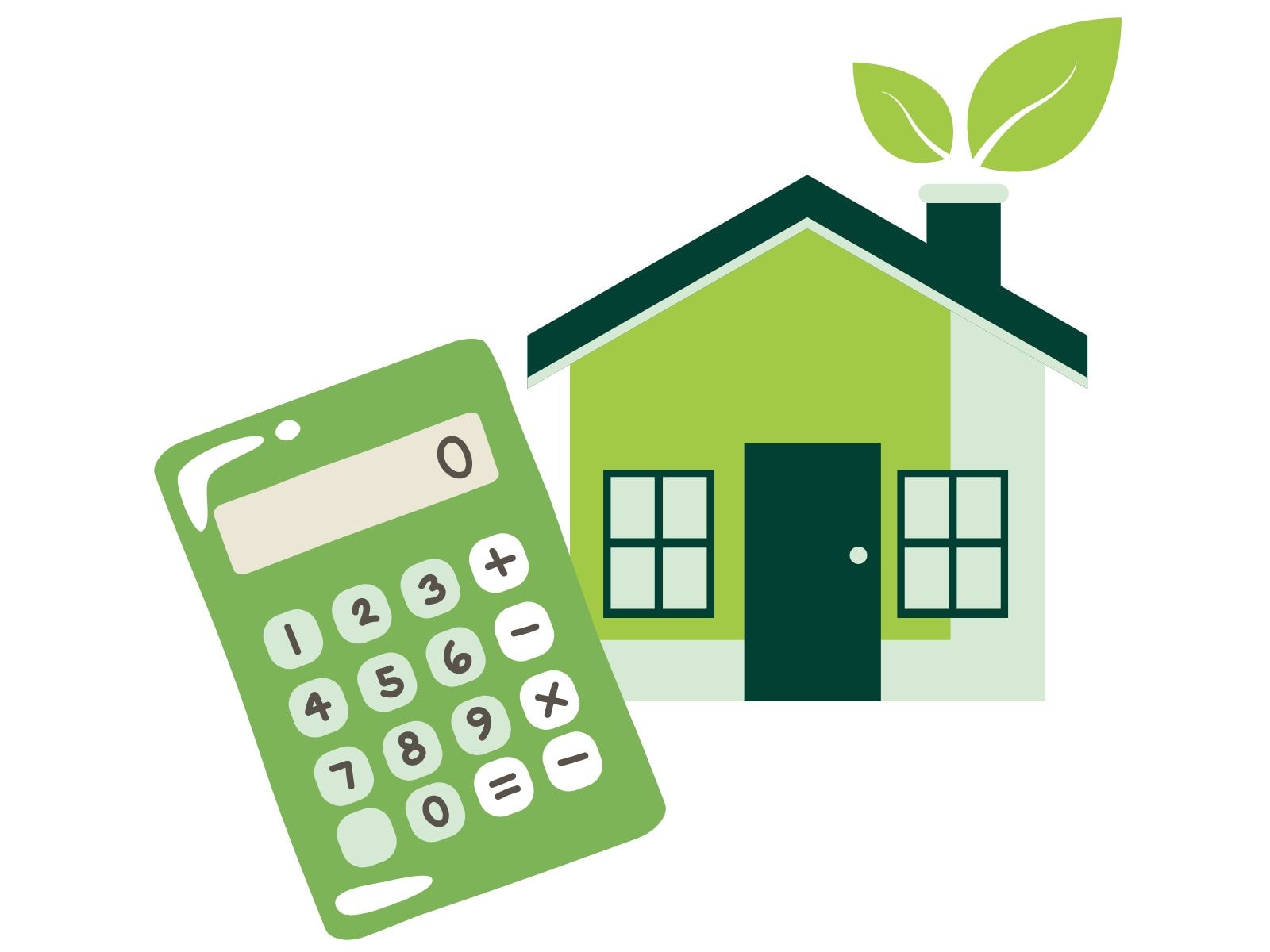Handy News To Choosing Refinansiere Boliglån
Wiki Article
How often and when are credit-worthy loans secured?
Secured Loans - Secured loans are secured by collateral such as an automobile or property. If the loan is in failure, the lender could confiscate collateral to recover its loss. Secured consumer loans can include car loans.
Unsecured Lending- Unsecured lending doesn't need collateral. It is based entirely on the creditworthiness of the lender and their capacity to pay back. This includes student loans, personal credit card, and various types of loans. Unsecured loans are more expensive in rates of interest than secured loans because lenders are more liable.
The borrower's comfort in using collateral along with other factors such as the credit score, size of the loan, as well as the history of his credit can all affect the choice. Unsecured loans are more common for smaller amounts, or when collateral isn't readily available or wanted, whereas larger loans or ones that have better rates typically require collateral to guarantee the loan. Have a look at the top Forbrukslå for site advice including lån refinansiering, lån bolig, tf kredittkort, boliglånskalkulator rente, kortsiktige lån, låne penger, søk boliglån, tf bank forbrukslån, forbruks lån, refinansiering av boliglån and more.

How Do Mortgage Calculators Manage The Fluctuation In The Rates Of Interest, Property Taxes, Or Insurance Costs?
Mortgage calculators are typically not able to in the way they handle variations in the interest rate as well as property taxes or insurance costs in the course of time. Calculations are dependent on input information. The way they usually handle these variables is like this: Interest Rates. They don't track or update any changes in real time. Users must manually adjust interest rates to simulate different scenarios.
Property Taxes. Calculators often contain a field to calculate an estimated tax rate for property, depending on the user's input or on a standard property tax rate. These numbers are not current and do not necessarily reflect future changes in tax rates.
Insurance Costs - Similar to property taxes, mortgage calculators might include a field to estimate homeowner's insurance on the basis of user's input, or the average rates. They typically do not take into consideration future changes in premiums, like those triggered by economic conditions or policy changes.
Limitations to real-time updates - Mortgage estimators are based on the information they have at the time of their release. They don't automatically adjust or update to reflect the latest changes in interest rates or taxes.
Due to these limitations, mortgage estimators are excellent tools for making preliminary estimates and comparing various scenarios. For precise and current information about the interest rate, taxes and insurance costs, as well as the way they may change over time, consumers should consult regularly with financial advisors, lenders, or other professionals who can give current market data and specific details based on individual specific circumstances. Take a look at the best Boliglånskalkulator for website examples including flytte boliglånet, bank norge, refinansiere lån med lav rente, låne kalkulator, lån og renter, lån med lav rente, forbrukslån med betalingsanmerkning, lånekalkulator forbrukslån, tf kredittkort, refinansiere kredittkort and more.

What Exactly Is An Refinance Home Loan? And What Do You Need To Meet In Order To Qualify To Be Eligible
A refinance loan is a type of loan which replaces a mortgage. Many people are able to refinance their home loans due to different reasons. They may want to get a lower cost of interest, reduce monthly payments, or modify the terms of their loan. A refinance home mortgage approval is contingent on a number of aspects. To assess your creditworthiness, lenders evaluate your credit history. Credit scores are typically linked to better conditions for loans and higher interest rates.
Employment and Income Verification Lenders will verify your income and employment history to ensure that you are able to pay back the loan.
Home Equity- The amount of equity you have in your home is an important factor. For lenders to approve refinancing, they often require a minimum amount of equity. Equity calculation involves measuring the value of the house to the amount of the mortgage.
Loan-to-Value (LTV) Ratio- LTV ratio refers to the percentage of the property's worth which you're borrowing. The lenders prefer lower LTV ratios, generally lower than 80%, since they present lower risk.
Appraisal: An appraisal of a property may be required to determine the value of a house. This is used by lenders to evaluate the property's worth in relation to the loan amount.
Debt-to-Income (DTI) Ratio Lenders examine the DTI ratio. It measures your monthly debt payment to your gross monthly income. A lower DTI ratio demonstrates your ability to manage additional debt.
Documentation. Make any documentation you require. These include pay stubs as well as tax returns, bank statements and other financial documents.
The reason for refinancing: Be clear and describe the purpose of refinancing. This could include cutting down the monthly installment or changing the terms of the loan consolidating debt or gaining equity.
It is possible that you will not be accepted in the event that you meet these conditions, because every lender has their own. Comparing offers from different lenders can help you find the most advantageous conditions. Knowing the costs associated with refinancing is essential to evaluate the overall benefits. Follow the top rated Refinansiere Boliglån for more recommendations including uno finans, kortsiktige lån, lån oppussing, rentekalkulator boliglån, kredittsjekk deg selv, lav rente lån, søke boliglån flere banker, kortsiktige lån, lån uten sikkerhet med betalingsanmerkning, slette betalingsanmerkning and more.
